Stainless Steel – NbC Coating Produced with High Speed laser Cladding
by Alan Burgess | Apr 29, 2021 | General, Laser Cladding | 0 comments
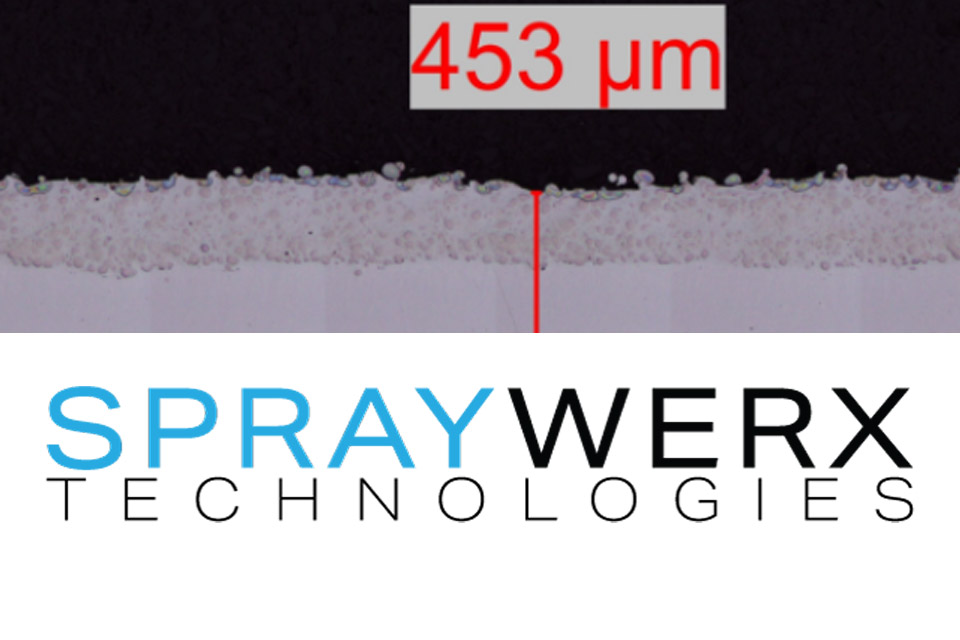
Introduction
High Speed Laser Cladding has been applied to brake rotors in a project to reduce particulate material emissions from brakes. According to the Provincial Office for Measurements, Environment and its protection, Baden-Wuerttemberg, Germany, it is estimated that 1/6 of automotive particulate emissions come from brake systems. These particulates from the brake system are harmful to health and a non-toxic brake system is desired. To this effect GTV from Germany was tasked to develop a brake rotor without the use of tungsten, nickel, cobalt or copper while providing sufficient wear properties and braking capability. The result of this project was the development of stainless steel-NbC laser clad coating that was deposited using GTV High Speed Laser Cladding process.
Spraywerx distributed GTV laserCladding products and supports GTV systems in North America.
Production of Coatings
Two carbon steel cylinders with outer diameter 100 mm and length 100 mm have been laser clad by GTV using their in-house 22kW laser system, Figure 1. These cylinders are noted as C03 and C04. C03 is a dual layer consisting of a pure stainless steel layer with a stainless steel- 30 wt% NbC top layer. C04 is a single layer consisting of stainless steel- 30wt% NbC. These cylinders were produced to demonstrate the capabilities of the GTV high speed laser cladding process.
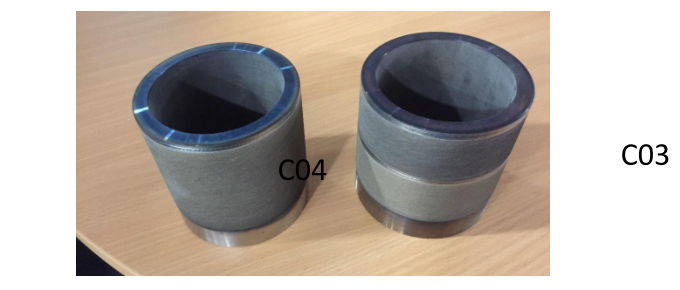
The dual layer C03 provides a wear resistant top layer and a corrosion resistant bottom layer. The stainless steel also provides ductility and strain tolerance to the cladding system. The impervious stainless steel layer also acts as a crack arrestor, should cracks in the top layer appear during the life cladding system through impact, overloading or otherwise
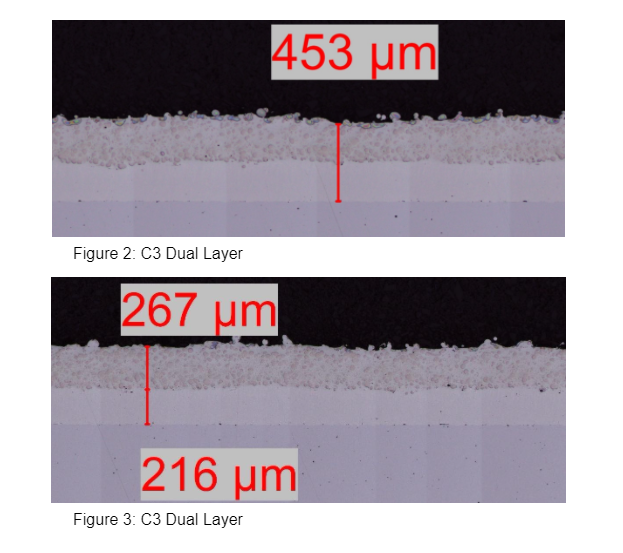
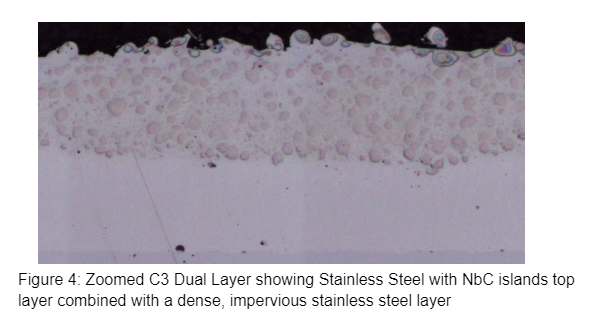
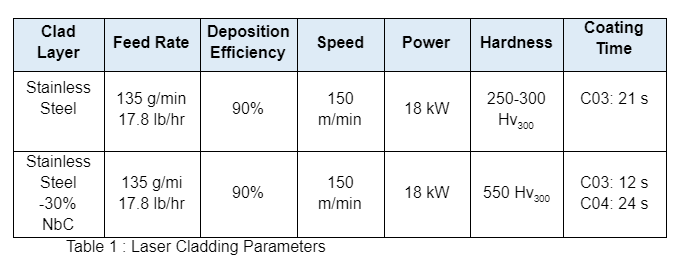
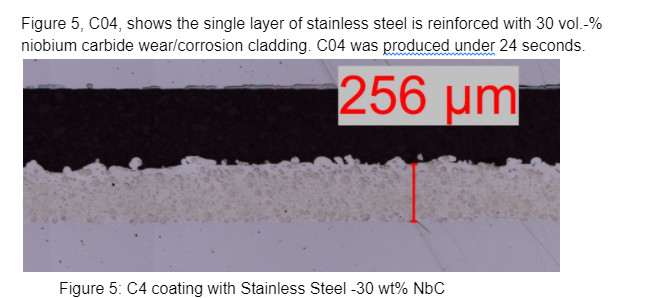
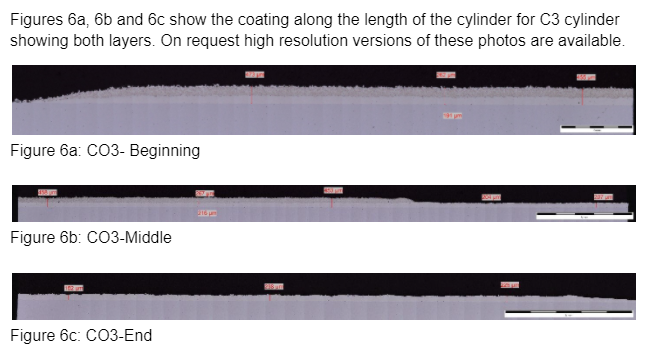
Summary
The two-layer laser cladding system as provided in the C03 cylinder provides several desirable properties such as: impervious to corrosion, strain tolerance, impact resistance and application specific wear resistance. This was developed specifically for a well known European automotive company for a brake rotor application.
These samples demonstrate the capabilities of high speed claddings with the following features:
- Thin and comparably smooth claddings
- deposited at high coverage rate
- relatively small powder consumption due to small thickness
- high deposition efficiency
- minimal machining requirements
- claddings with suitable composition can be deposited without crack formation despite extremely high welding speed
Although the stainless steel-NbC material was developed for sliding wear in brake systems, other applications are being considered.
Recent Posts
Demo coating and bond strength evaluation for Spraywerx Inc. on ID-Cyinder
ID-Nova vs Mini-Nova: Size Comparison
by Alan Burgess | May 29, 2021 | General, Id-Nova | 0 Comments
Volumetric Flow Meters
by Alan Burgess | April 29, 2021 | General, Tech Tips | 0 Comments

